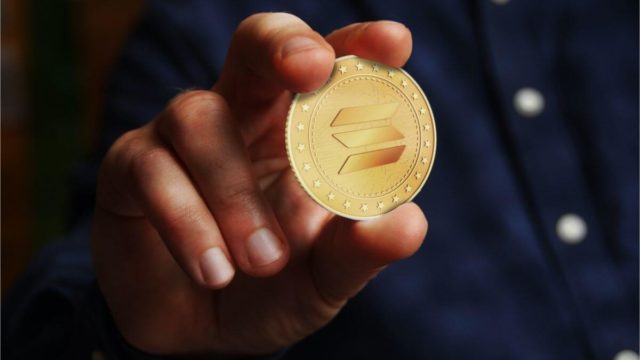Patients with type 1 diabetes may experience difficulty with skin healing. When the disease is not well controlled, there is an excess of sugar in the bloodstream that makes it difficult to change from the inflammation phase to the tissue regeneration phases.
To combat this complication of the disease, a team from the Faculty of Medicine of Ribeirão Preto at the University of São Paulo (USP) tested a biobandage created by the startup In Situ Cell Therapy, headquartered at Supera Parque de Inovação e Tecnologia in Ribeirão Preto.
“It is made with a substance called alginate hydrogel and contains cells derived from the human umbilical cord”, says Daniela Carlos Sartori, who coordinated the work at USP’s Laboratory of Immunoregulation of Metabolic Diseases (LIDM).
So-called mesenchymal cells were used, which secrete countless bioactive molecules with different functions in the healing process, such as cytokines and growth factors responsible for immunomodulation, angiogenesis (the creation of new blood vessels) and improvement in the quality of scar tissue.
“The process of creating the product involves 3D bioprinting, which was carried out with the support of a specialized company and allows for precise manufacturing. [do curativo] according to the area of application and the correct distribution of mesenchymal cells throughout the hydrogel, which keeps them viable during the printing and use process”, explains Sartori.
The 3D biobandage is considered intelligent because it contains live cells, capable of perceiving the signals emitted by the skin lesion and responding by releasing cytokines and growth factors according to the tissue’s needs. Therefore, it acts in the different phases of skin healing, while most conventional products only aim at covering the lesion or treating a specific phase of healing.
To assess its effectiveness, the researchers induced the development of type 1 diabetes in 18 mice. After 15 days, the animals were anesthetized and the scientists made 1 square centimeter (cm²) wounds on their backs, which were immediately bandaged.
The rodents were divided into four groups: animals without diabetes with dressings without mesenchymal cells, animals without diabetes with the biodressing, animals with diabetes with dressings without mesenchymal cells and animals with diabetes with the biodressing.
After ten days of treatment, the animals with diabetes treated with dressings without mesenchymal cells had wounds that were around 50% open, while the wounds in the diabetic animals that received the smart biobandage were around 20% open. This shows that there was a significant improvement in the healing of diabetic mice that received the product containing mesenchymal cells, compared to those that did not.
Based on the results of the analyzes published in the journal Regenerative Therapy, the researchers highlight the immunomodulatory effect of biodressings, that is, their ability to improve the functioning of the animals’ immune system. According to the article, the product elevated the expression of the growth factor TGF-beta, which stimulates collagen synthesis and tissue repair. The work received funding from the Research Support Foundation of the State of São Paulo (FAPESP) through two projects.
In order to make possible the use of the biobandage in the treatment of wounds in diabetic patients, however, clinical trials are still needed. If the results are positive, it will be possible to request the approval of the product from the National Health Surveillance Agency (Anvisa).
Source: CNN Brasil
I am an experienced journalist and writer with a career in the news industry. My focus is on covering Top News stories for World Stock Market, where I provide comprehensive analysis and commentary on markets around the world. I have expertise in writing both long-form articles and shorter pieces that deliver timely, relevant updates to readers.







